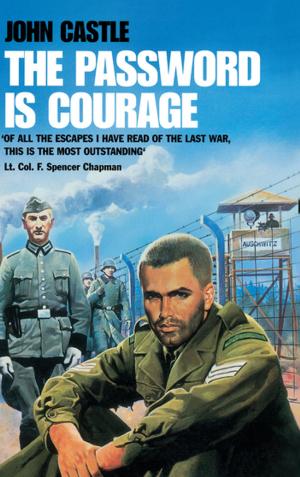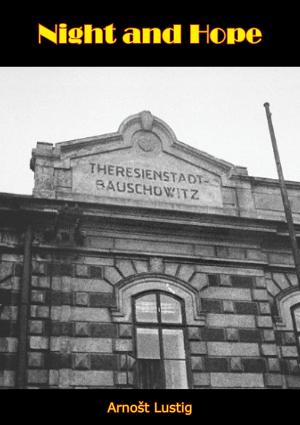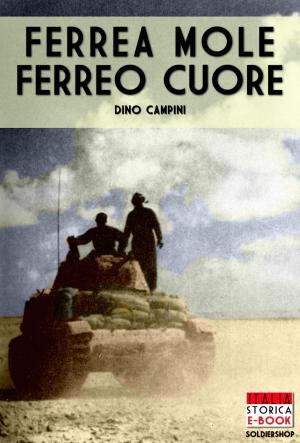Dachau Concentration Camp
A Guide to the former Concentration Camp and the Memorial Site
Nonfiction, History, Jewish, Holocaust, Military, World War II| Author: | Nicolas Simon Mitchell | ISBN: | 1230000222726 |
| Publisher: | Minerva Research | Publication: | March 4, 2014 |
| Imprint: | Language: | English |
| Author: | Nicolas Simon Mitchell |
| ISBN: | 1230000222726 |
| Publisher: | Minerva Research |
| Publication: | March 4, 2014 |
| Imprint: | |
| Language: | English |
Hundreds of thousands of people from all continents visit Dachau Memorial Site each year. Any visitor to the Memorial Site will find that the Memorial Site bookshop stocks two publications worthy of particular mention, both deal at length with the history of the former concentration camp; Stanislav Zamecnik's ,outstanding, That Was Dachau and the superb Catalogue for the Exhibition: The Dachau Concentration Camp edited by Barbara Distel. Notwithstanding, there is little, recently written and reasonably priced literature which deals in a clear and concise manner with key themes. This short guidebook was written with two premises in mind. Firstly, to fill a gap in the literature already available and secondly to deal with issues often raised in the form of questions on the `open tour' of the Memorial Site. Visitors were keen to understand who was imprisoned and why, they were curious to know how prisoners arrived and the procedure of being processed into `protective custody' at the concentration camp. Furthermore, they were curious as to the significance of the religious and non-denominational memorials and the importance of Baracke X. The book is designed to address these themes and to be used either as an aid when making a visit to the Memorial Site or it can be read independently as a complement to the existing literature. It is written in an accessible style with accounts of former prisoners used to illustrate the conditions which existed within the concentration camp.
Hundreds of thousands of people from all continents visit Dachau Memorial Site each year. Any visitor to the Memorial Site will find that the Memorial Site bookshop stocks two publications worthy of particular mention, both deal at length with the history of the former concentration camp; Stanislav Zamecnik's ,outstanding, That Was Dachau and the superb Catalogue for the Exhibition: The Dachau Concentration Camp edited by Barbara Distel. Notwithstanding, there is little, recently written and reasonably priced literature which deals in a clear and concise manner with key themes. This short guidebook was written with two premises in mind. Firstly, to fill a gap in the literature already available and secondly to deal with issues often raised in the form of questions on the `open tour' of the Memorial Site. Visitors were keen to understand who was imprisoned and why, they were curious to know how prisoners arrived and the procedure of being processed into `protective custody' at the concentration camp. Furthermore, they were curious as to the significance of the religious and non-denominational memorials and the importance of Baracke X. The book is designed to address these themes and to be used either as an aid when making a visit to the Memorial Site or it can be read independently as a complement to the existing literature. It is written in an accessible style with accounts of former prisoners used to illustrate the conditions which existed within the concentration camp.















